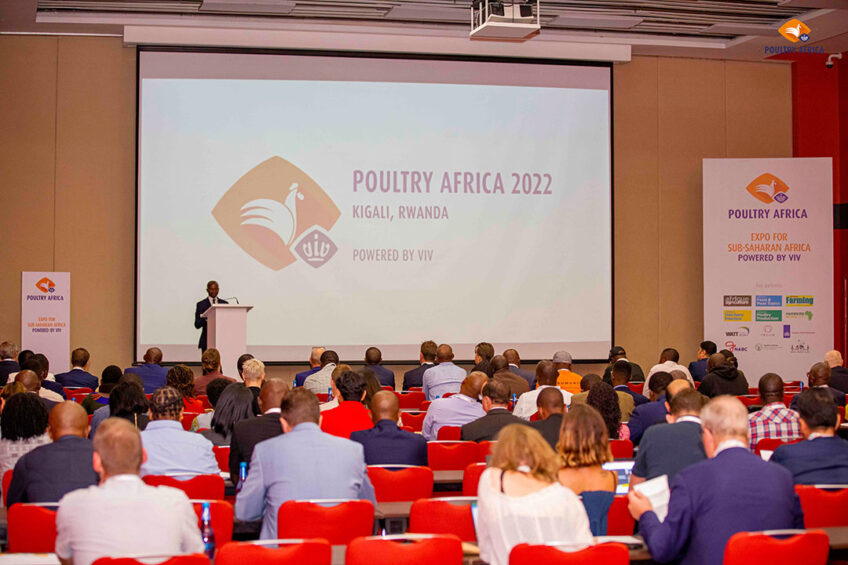Optimising poultry performance in sub-Saharan Africa

Most countries in the east and the west of Africa are dealing with rising feed cost challenges that have caused drastic drops in profit margins over recent months. Tackling this pressing issue at the Poultry Africa exhibition and conference, attendees could learn practical solutions on how to implement nutritional strategies to reduce feed costs, as well as best practices on poultry feed cost management.
Till 2030, Africa’s increasing animal protein demand will be huge with poultry being the dominant protein expected to see a 55% increase in demand in the coming decade. The reason behind this is simple: poultry and eggs offer fast cash flow, low feed conversion rates and an ideal model for industry and smallholders scaling up.
“But success doesn’t happen automatically. Producing chickens and eggs is not always easy as the climate conditions can be harsh, the health status can be questionable and chick quality, feed and vaccines are not always guaranteed,” says Vetworks poultry consultant, Hilde van Meirhaeghe.
Optimising performance in poultry
In the seminar, entitled ‘Optimising performance in poultry’, Van Meirhaeghe explained how to best manage the flock from the very first day the birds arrive at the farm. “There is a lot that you cannot change, but you should focus on the things you can influence.”
According to Van Meirhaeghe, the farmer is the first to observe if the birds are challenged, for example, with heat stress, and he should know what to do and take prompt action to keep the birds happy in their environment. The farmer is also responsible for biosecurity on his farm, which is the best way to keep disease out and make a good profit in poultry production.
“Focusing on the basics is of the utmost importance,” she said, explaining that this starts with the day-old chicks. “You want to know what was delivered to the farm, which means you have to check.”

Chick scoring
Despite it being a tedious procedure, the poultry consultant advises poultry producers to do chick scoring. “This means that you check 10 chicks from 10 different crates. The details do matter here. Are they of uniform weight; are their reflexes good; are their eyes clear, the navel closed and clean; have the yolk sacs been absorbed, and is their core temperature at 40 degrees? Only when you know the details, can you manage your new flock accordingly and get the best out of it.”
The seminar allowed the attendees to exchange thoughts with the most experienced experts in the Flanders poultry community. The Flanders Poultry Cluster has the proud support of Vetworks, Poultry World, Geldof Poultry, Evonik, Intraco, Poultec, and Roodbont publishers.









